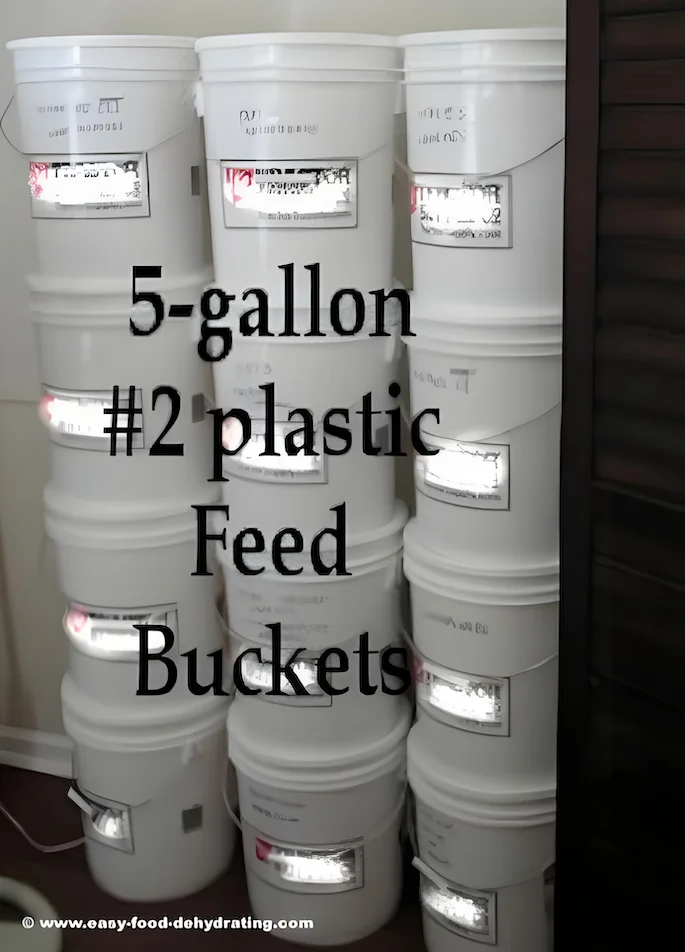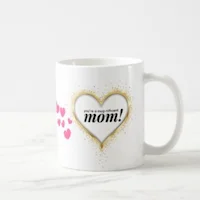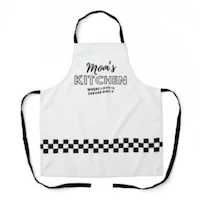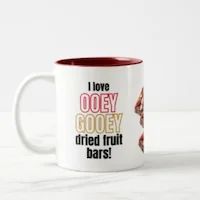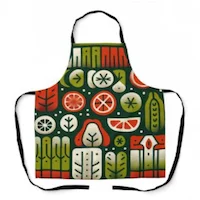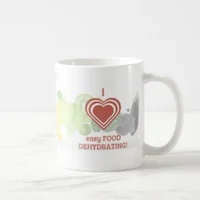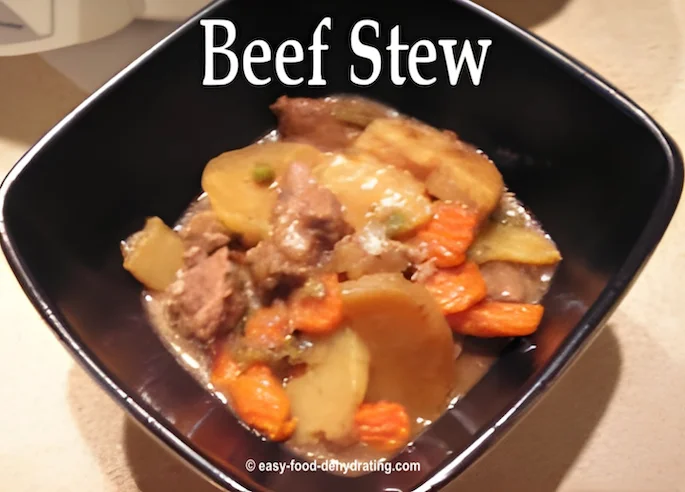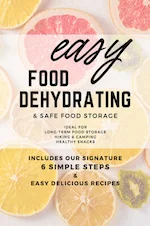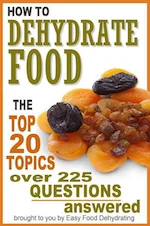whatever the reason or season!
- Home
- How to Store Dehydrated Food Safey for Long Term Storage
- Feed Buckets With Lids: Ideal Dehydrated Food Storage
Feed Buckets with Lids:
Ideal for Long-Term Storage of Dehydrated Food
Feed Buckets with Lids:
Ideal for Long-Term Storage
of Dehydrated Food
These feed buckets with lids are just like their lidded-bins counterparts because they are great for long-term storage of your dehydrated foods.
You can pick these up at Tractor Supply, Lowe's, Home Depot, and Amazon!
Read more below about getting them from Amazon.
Mother's Day Specials!
Feed Buckets are Not Just for Animals!
These 5-gallon #2 plastic food-grade feed buckets are fantastic and store easily in a closet, walk-in pantry, or your garage. I actually store them on my wall unit - check out how I created more storage room "out of thin air!"
Store "Similar" Types of Foods Together
Store
buckets together that have the same kind of food items inside, such as
flour and bread yeast next to each other; and sugar and salt
side-by-side. Veggies in another 'bucket-column' etc. (Ha, start your "bucket list" now!)
Important: Regular Plastic vs Food-Grade Plastic
Here's what you need to know about regular plastic buckets versus food-grade buckets:
Regular Plastic Buckets
- Made from polypropylene plastic resin.
- Not approved for direct contact with food items.
- May contain chemicals like bisphenol A (BPA), phthalates, or lead which can leach into contents.
- Okay for non-food uses like storage, catching rainwater, general home projects.
- Typically have recycling code #5 on the bottom.
- Less expensive than food-grade buckets.
Food Grade Buckets
- Made from food-safe plastic like high-density polyethylene (HDPE).
- Approved by the FDA for direct contact with edible items. Will not contaminate contents.
- Do not contain harmful chemicals like BPA or phthalates.
- Safe for uses like food storage, fermenting, sprouting, harvesting produce, etc.
- Have recycling code #2 on the bottom.
- More expensive than regular buckets but essential for food contact.
The main differences are that food-grade buckets are made from FDA-approved plastic resins free of hazardous chemicals, whereas regular buckets may leach harmful substances into our food, and are therefore not suitable for direct food contact.
Another thing: Safety First—leave the
HEAVY buckets on the floor, or at least on the lower shelf. You don't
want to be hit on the head by a full bucket! :-)
Note: Lidded buckets are readily available at your home building center or farm feed supply stores - just make sure they're FOOD grade at the home center.
When you have your buckets filled with your Mylar bags, which should have their contents and the date written on the bags, it's time to do the same on the outside of the bucket, and don't forget to add the date on it!
If you're finding it hard to write on the actual bucket, I suggest buying some cheap white labels. Makes it far easier to write on the contents and date, plus you can update it by simply slapping a new label over the old one, when the contents are changed out.
Food-Grade Plastic Pails (Feed Buckets) at Amazon
5-Gallon White Plastic Buckets with Lids - Six Pack
The Food Grade plastic pails (buckets to me!) are also from Amazon.com — that's a good price for six of them.
Basically, we're looking to store our filled Mylar bags in bulk. So the buckets with handles make it easy to move 'em around.
But back to the bucket lids, you (gently!) 'hammer on' the 'rim,' and then you can simply screw out the center part! Check them out below!
*As an Amazon Associate, I earn from qualifying purchases with no price increase to you. Read disclosure here.
You can see my feed buckets with regular lids (and some grey buckets from our local hardware store) in our Great Wall of Dehydrated Food photo and page!
These buckets are great for stacking in the garage— preferably an air-conditioned garage. I am so impressed with these lids - it makes it a lot easier to get to your goodies, without having to pry off the whole lid.
Check out these great Gamma2 lids at Amazon:
For Feed Buckets with Lids: Gamma2 Bucket Lids that Screw Out!
Gamma2 Seals Lids - Leakproof Black Lids
Screw-Out Lids are Air Tight and Bug-Free! One reviewer said the Gamma 2 lids (and buckets!) kept her flour etc. totally bug-free—as they really are air-tight!
But what's best is this: No more losing fingernails and hurting your fingertips trying to pry lids off, especially in cold weather... ouch!
*As an Amazon Associate, I earn from qualifying purchases with no price increase to you. Read disclosure here.
Don't Forget Your Oxygen Absorbers...
Don't forget to add a 2000cc oxygen absorber! Remember, the dehydrated foods are being stored long-term. We don't want to be opening and closing these buckets on a daily basis... maybe twice a year, for stock rotation.
Oxygen Absorbers at Amazon
- PackFreshUSA Oxygen Absorbers
- 200-Pack
- Food-Grade, Non-Toxic
- Oxy-Sorb Oxygen Absorbers
- 100-Pack
- Long-Term Food Storage Freshness Protection
- Oxy-Sorb Oxygen Absorbers
- Bags of 20 (60 Count total)
- Super Effective for Dried Goods
- Oxy-Sorb Oxygen Absorbers
- Pack of 10
- I use these for airtight bins and buckets
*As an Amazon Associate, I earn from qualifying purchases with no price increase to you. Read disclosure here.
Learn more about why we use different-sized oxygen absorbers and which size fits which container!
How Much Food CAN You Fit in a Bucket?
Regarding how much bagged food can you fit in a bucket, well... at last count, I managed to store 8 (slim) filled Mylar bags (10" x 14" size) - in two layers of four.
If your Mylar bags are plumply-filled (LOL), then you'll get away with six filled Mylar bags, roughly.
I put the heavier filled Mylar bags at the bottom, and the lighter Mylar bags on the top. Just like you would do when grocery shopping in the checkout lane; put the lightweight stuff on top!
Thanks for stopping by to learn all about feed buckets with lids and the awesome screw-out Gamma2 lids that saves your precious fingertips!
Before you go, don't forget to pick up your free eBook called "How to Grow and Dehydrate Herbs" here!
